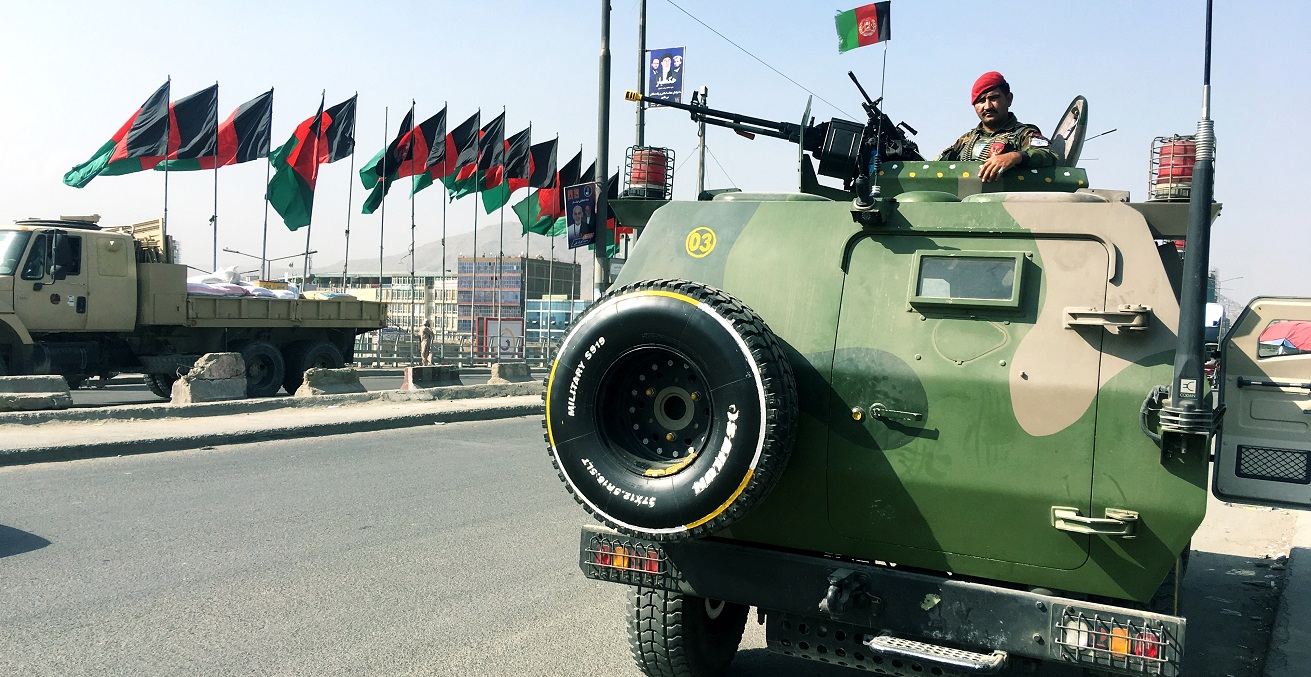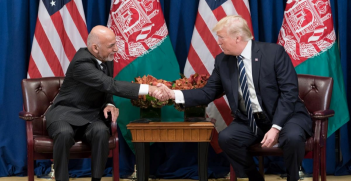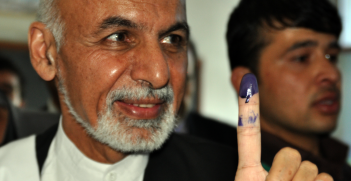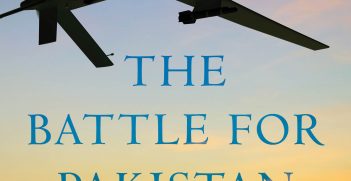Intra-Afghan Peace Talks: Out of the Starting Blocks With A Long And Challenging Road Ahead

Achieving peace and stability in Afghanistan will require significant compromise between the state of Afghanistan and the Taliban. Both sides have brought strong negotiating teams to the table, but agreed outcomes could prove elusive.
The long-delayed Intra-Afghan peace talks between the state of Afghanistan and Taliban negotiating teams that seek the mutual goal of “peace and stability” through national reconciliation commenced in Doha last Saturday. However, each side interprets that goal as delivering significantly different outcomes. State negotiators want the freedom and flexibility offered by an elected representative government, whereas the Taliban want to reestablish a restrictive fundamentalist Islamic emirate. The compromises necessary to reach any agreement within any determinable timeframe are simply unknown.
The talks have had a long and difficult gestation period, which effectively commenced in July 2018 when the US held their first direct high-level talks with the Taliban to pursue the peace process. There have been multiple hurdles before and since 29 February this year when the US and Taliban reached their peace agreement, enabling the talks to proceed. Difficulties included the staged withdrawal of US and other NATO forces, non-violence by the Taliban against those forces, Taliban non-recognition of and refusal to negotiate with the current Afghan government, serious political disunity in Kabul, and concerns by the Kabul government about the pre-condition of prisoner release.
In the seven months since the peace agreement was signed, obstacles have been mitigated, mostly involving compromise by non-Taliban parties. On the first issue above, the US met its commitment for an initial reduction of forces from some 12,000 to about 8,600. This number could be reduced to 4,500 by November, and the remainder withdrawn by May 2021, if the Taliban also meet their commitments. Other NATO+ countries have also met planned force reductions. So far, the Taliban have complied with their undertaking not to attack US or other NATO forces, but have actually increased their overall level of violence targeting the Afghan National Defence and Security Forces.
The non-recognition issue was resolved in May with the establishment of the High Council for National Recognition (HCNR) as the national organisation responsible for negotiations with the Taliban. The political disunity issue was concurrently resolved when President Ashraf Ghani and presidential rival Abdullah Abdullah reached agreement whereby Abdullah recognised Ghani as president in exchange for being appointed head of the HCNR.
And on the third issue above, objections by Australia, France, and the US to the release of Taliban prisoners accused of committing war crimes, through acts of murder, were resolved on the eve of o the commencement of talks. The resolution involved a compromise agreement between all parties involving the relocation of the prisoners to detention in Doha. But the endgame is unclear. The prisoners’ future is almost certain to be determined at some point during the intra-Afghan talks.
The HCNR and Taliban teams both comprise 21 members and have a strong mix of tough and seasoned negotiators. The Taliban team is all male, most of whom are members of the Rehbari Shoura, the Taliban Leadership Council. Their team is headed by Mawlawi Abdul Hakim, a senior Taliban leader, their “chief justice,” and a hardliner. Mullah Abdul Ghani Baradar, also a hardliner and head of the Taliban’s political office, is their deputy negotiator. Baradar headed the US-Taliban talks earlier this year. Hibatullah Akunzada, the Taliban’s current but elusive leader is not part of their team, and any specific role is unknown. Given its composition, Hakim’s team has a high level of empowerment which will minimise the referral of tactics and decisions to the Taliban’s Leadership Council for approval.
The HCNR, by comparison, is a diverse group, including five women, who represent different ethnic, political, and religious groups from around the country. This composition is seen as a strength rather than a weakness. The HCNR’s chief negotiator is Masoom Stanekzai, an experienced bureaucrat, former head of national security, and past secretary of the High Council for Peace and Reconciliation (HCPR). Neither the HCNR nor team leader Abdullah are as fully empowered as their Taliban counterparts. Any substantial agreements with the Taliban, therefore, are expected to be referred to the Loya Jirga, the most senior national council of tribal leaders, for approval. However, this process could take time and be subject to dissenting opinions. That could be both a strength and weakness, the former by ensuring ‘’inclusion,” the latter through potentially irreconcilable differences.
As of writing, no known formal agenda for the first round of talks has been released. According to comments by Abdullah in June, there would be no preconditions to the talks. His side would “talk, listen, negotiate and compromise.” However, during his statement at Saturday’s formal opening ceremony, Abdullah asserted a national determination to achieve “a durable and dignified peace” and “a constitutional system (of government) and stability.” He and others emphasised there would be no winners if the war continued. The solution is political.
US Secretary of State Mike Pompeo, who also spoke at the opening ceremony, rejected the pursuit of political aims by violence and also, tacitly, an Islamic caliphate. He “urged” a democratic representative system of government, the preservation of social, economic, and political gains since 2001, and the expansion of women’s participation in public life. More bluntly, he stated the social and political outcomes of the negotiations would “determine the size and scope of future US assistance.”
The only Taliban member to speak at the opening ceremony was Baradar, their deputy negotiator. He gave little away, assuring the Taliban was committed to peace and stability, and to its obligations under the February US-Taliban peace agreement. He also acknowledged the challenges of and need for patience during the negotiations.
How the negotiations now proceed is in the hands of the Afghani negotiators. It is a given, however, that they will be challenging and lengthy. According to one HCNR member, their most immediate priority is to try and negotiate a non-violence agreement – ideally a permanent ceasefire – with the Taliban. This would include, particularly, an agreement to discontinue the Taliban’s use of violence as a tool of negotiation. The member had doubts about the reality of achieving any such an agreement, and given the deep lack of trust in the Taliban, whether they would honour such a commitment, if agreed. Several Afghan sources have expressed this same pessimism about any commitments by the Taliban, which only adds to the challenges and uncertainties of outcomes of all future negotiations.
Ian Dudgeon is a presidential associate of the AIIA and former ACT Branch president.
This article is published under a Creative Commons License and can be republished with attribution.





